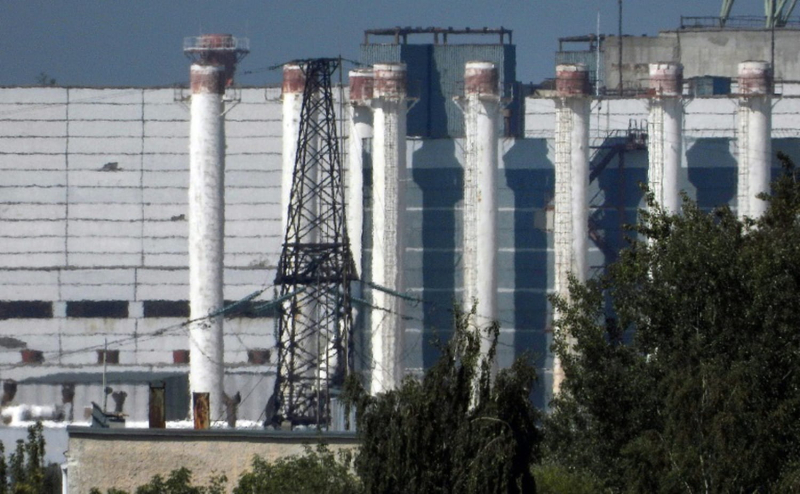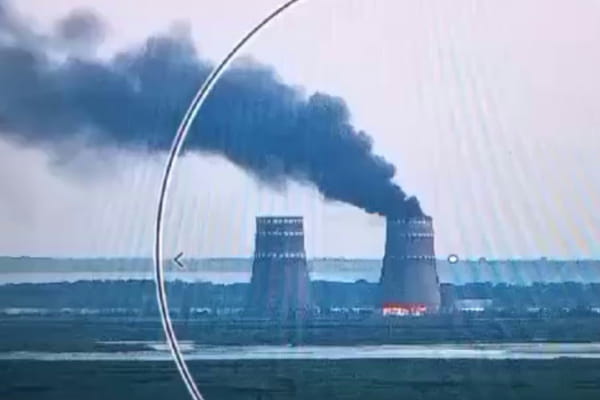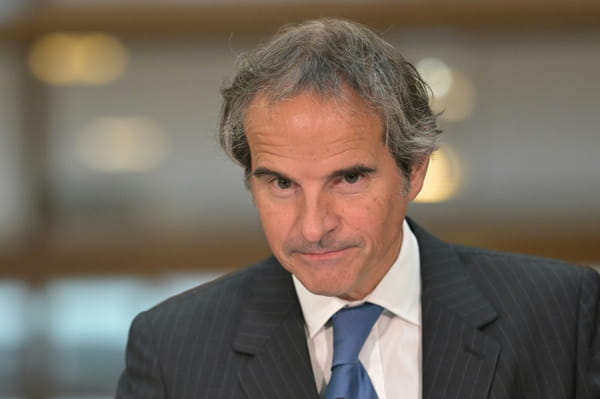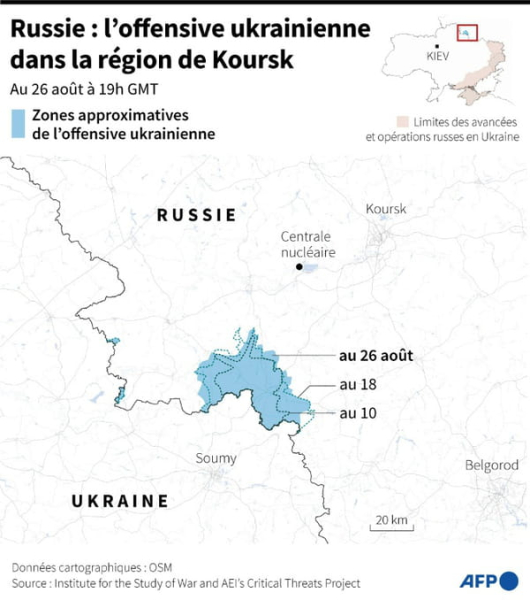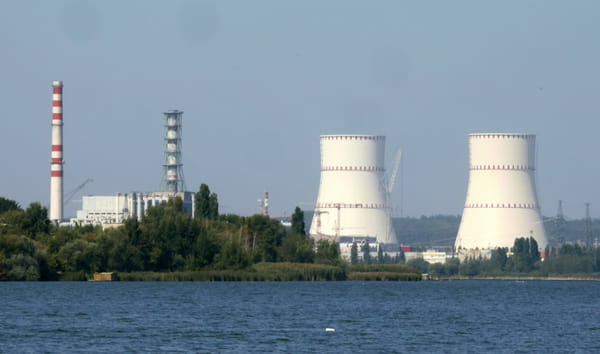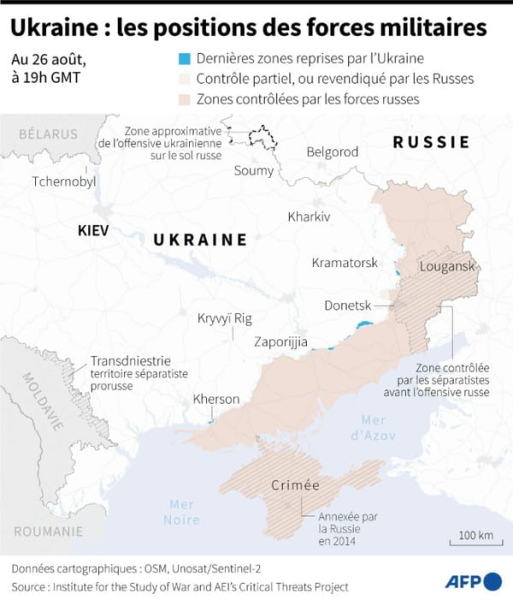The director general of the International Atomic Energy Agency (IAEA), Rafael Grossi, sounded the alarm on Tuesday during a site visit about the danger posed by the proximity of the Kursk nuclear power plant to the fighting between the Ukrainian and Russian armies. “A nuclear power plant of this type so close to the point of contact or a military front is an extremely serious fact,” he said during a visit to the Russian border region of Kursk, where Ukrainian forces launched a surprise offensive three weeks ago. Rafael Grossi said he was able to visit “the most important parts” of the plant, which is less than 50 kilometers from the fighting. The infrastructure is operating in “conditions very close to normal,” he said. But it is precisely because it is operating that the consequences of an impact could be “serious,” Rafael Grossi stressed. “It may seem simple and common sense: don't attack a nuclear plant,” the official pleaded. Since the start of the Russian offensive in Ukraine two and a half years ago, the agency has regularly warned of the risk of a nuclear accident due to fighting near plants. Screenshot from a video of the press service of the Ukrainian presidency, August 11, 2024, showing a fire at the Zaporizhzhia nuclear power plant, Energodar, in southern Ukraine © UKRAINIAN PRESIDENTIAL PRESS SERVICE – Handout Attention and concern have so far focused on the Zaporizhzhia nuclear power plant, in southern Ukraine, which Russian troops seized in March 2022. But three weeks ago, on August 6, Ukraine launched a major cross-border offensive in the Russian region of Kursk. Kiev's troops have since said they are continuing to advance into Russian territory, while Moscow's troops say they are making progress in eastern Ukraine. International Atomic Energy Agency (IAEA) Director General Rafael Grossi on May 7, 2024 in Vienna © AFP – Joe Klamar Russia has since insisted on the risk of a nuclear catastrophe in the event of a Ukrainian attack on the Kursk plant, located about sixty kilometers from the Ukrainian border. Russian President Vladimir Putin assured last week that Ukraine had tried to strike the site. The IAEA says it was informed by Russia of the discovery of drone fragments about a hundred meters from a spent fuel storage facility at the plant. Rafael Grossi said Tuesday that “signs of the impact” of drones had been shown to him. – Radioactive particles – In a press release, Rafael Grossi had stated on Monday that he wanted to “independently assess what is happening” in Kursk. Russia: l 'Ukrainian offensive in the Kursk region © AFP – Valentin RAKOVSKY, Cléa PECULIER, Paz PIZARRO Built about fifty kilometers west of the city of Kursk, the regional capital where around 440,000 people live, the plant has six reactors, two of which are under construction. Of the other four, two are shut down and two are fully operational. They are the same type as those in Chernobyl, Ukraine, without a protective dome. Russia's Kursk nuclear power plant, near Kurchatov, on August 27, 2024 © AFP – TATYANA MAKEYEVA The Chernobyl nuclear accident in 1986, considered the worst in history, contaminated large areas mainly in Ukraine, Belarus and Russia. Much of the rest of Europe also suffered radioactive fallout. According to Tariq Rauf, a former IAEA official, these types of reactors have since undergone “significant safety improvements.” Rafael Grossi, during his visit on Tuesday, said it was “exaggerated” to compare Kursk to Chernobyl. “But they are the same type of reactors, and there is no specific protection,” he said, recalling the potentially serious consequences that an attack would have. – “Restraint” – Ukraine: the positions of the military forces © AFP – Valentin RAKOVSKY, Sophie RAMIS, Cléa PECULIER For Robert Kelley, former director of inspections for the agency, “the possibility of a Chernobyl-type incident with a reactor that explodes and burns for days is zero.” The situation remains dangerous, however, according to him: a strike could for example hit the spent fuel storage infrastructure, which would release radioactive gases and particles. After the start of the Ukrainian offensive in the Kursk region, the IAEA called for “the greatest restraint” to avoid a nuclear accident”. kyiv now says it controls nearly 1,300 km2 and 100 localities in this region, where more than 130,000 people have fled the fighting and bombing, according to the Russian regional authorities. The Ukrainian Zaporizhzhia power plant, which is currently shut down, has been the target of repeated strikes for which Russia and Ukraine have denied each other responsibility. All reproduction and representation rights reserved. © (2024) Agence France-Presse